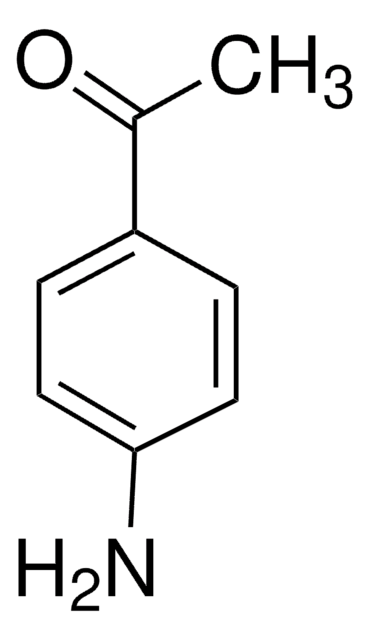T36609
m-Toluic acid
ReagentPlus®, 99%
Synonym(s):
3-Methylbenzoic acid
Sign Into View Organizational & Contract Pricing
All Photos(4)
About This Item
Linear Formula:
CH3C6H4CO2H
CAS Number:
Molecular Weight:
136.15
Beilstein:
970526
EC Number:
MDL number:
UNSPSC Code:
12352100
PubChem Substance ID:
NACRES:
NA.22
Recommended Products
product line
ReagentPlus®
Assay
99%
bp
263 °C (lit.)
mp
107-113 °C (lit.)
density
1.054 g/mL at 25 °C (lit.)
SMILES string
Cc1cccc(c1)C(O)=O
InChI
1S/C8H8O2/c1-6-3-2-4-7(5-6)8(9)10/h2-5H,1H3,(H,9,10)
InChI key
GPSDUZXPYCFOSQ-UHFFFAOYSA-N
Looking for similar products? Visit Product Comparison Guide
Related Categories
Legal Information
ReagentPlus is a registered trademark of Merck KGaA, Darmstadt, Germany
Signal Word
Warning
Hazard Statements
Precautionary Statements
Hazard Classifications
Eye Irrit. 2
Storage Class Code
11 - Combustible Solids
WGK
WGK 3
Flash Point(F)
302.0 °F
Flash Point(C)
150 °C
Personal Protective Equipment
dust mask type N95 (US), Eyeshields, Gloves
Choose from one of the most recent versions:
Already Own This Product?
Find documentation for the products that you have recently purchased in the Document Library.
Customers Also Viewed
A Cebolla et al.
Applied and environmental microbiology, 62(1), 214-220 (1996-01-01)
A simple procedure to detect the switching on and off of catabolic promoters of Pseudomonas putida, at the level of single cells based on the immunodetection of a reporter epitope expressed on the surface of bacterial cells, has been developed.
Jun Yao et al.
Applied and environmental microbiology, 73(8), 2735-2743 (2007-02-27)
Mobile group II introns ("targetrons") can be programmed for insertion into virtually any desired DNA target with high frequency and specificity. Here, we show that targetrons expressed via an m-toluic acid-inducible promoter from a broad-host-range vector containing an RK2 minireplicon
G M Stephens et al.
Journal of general microbiology, 133(7), 1891-1899 (1987-07-01)
The effect of various lipophilic weak acids on the stability of certain TOL plasmids was investigated. Benzoate induced deletion of TOL plasmid DNA in Pseudomonas putida MT15, followed by loss of the plasmid; this effect was pH- and concentration-dependent, suggesting
C P Saint et al.
Journal of general microbiology, 136(4), 627-636 (1990-04-01)
The ability to degrade aromatic amines and m-toluate (Tdn+ phenotype), encoded by plasmid pTDN1, was lost from Pseudomonas putida hosts after subculture in benzoate, succinate, acetate and glucose minimal medium, the fastest rate of loss occurring where benzoate was the
L B Jensen et al.
Applied and environmental microbiology, 59(11), 3713-3717 (1993-11-01)
A model substrate-dependent suicide system to biologically contain Pseudomonas putida KT2440 is reported. The system consists of two elements. One element carries a fusion between a synthetic lac promoter (PA1-04/03) and the gef gene, which encodes a killing function. This
Our team of scientists has experience in all areas of research including Life Science, Material Science, Chemical Synthesis, Chromatography, Analytical and many others.
Contact Technical Service














